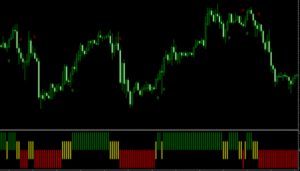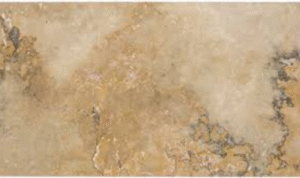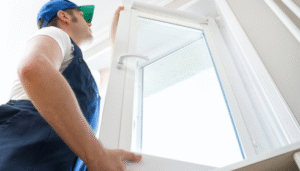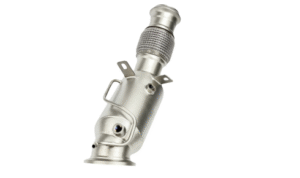
Urban Hawks
Pigeons, often referred to as “rats with wings,” have earned this dubious nickname due to their ability to thrive in urban environments and create numerous problems for property owners. These common birds are notorious for roosting and nesting in nooks and crannies, causing damage, spreading disease, and leaving unsightly messes behind. To combat the nuisance of pigeon infestations, many individuals and businesses turn to pigeon repellents as a humane and effective solution.
Pigeon repellents come in various forms, each designed to deter these birds from nesting or roosting in specific areas. In this article, we will explore some of the most popular pigeon repellent methods and their effectiveness.
- Physical Deterrents:
Physical deterrents are designed to make it difficult or uncomfortable for pigeons to land or roost on structures. These include: - a. Bird Spikes: Bird spikes are a common choice for deterring pigeons. They are typically made of plastic or stainless steel and are installed on ledges, roofs, or any flat surfaces where pigeons like to perch. The sharp spikes make it uncomfortable for birds to land, discouraging them from staying in the area.
- b. Bird Netting: Bird netting is another effective physical deterrent. It creates a barrier that prevents pigeons from accessing certain areas. Bird netting is commonly used to protect large open spaces, balconies, or gardens.
- c. Sloped Surfaces: Installing sloped surfaces on ledges and sills can make it difficult for pigeons to land and stay. These sloped surfaces prevent birds from finding a comfortable perch.
- Visual Deterrents:
Visual deterrents aim to scare pigeons away by creating the illusion of danger. Examples include: - a. Predator Decoys: Placing decoys of natural pigeon predators, such as owls or hawks, can frighten pigeons away. However, pigeons may become accustomed to static decoys over time.
- b. Reflective Objects: Shiny and reflective objects, such as aluminum foil strips or CDs, can create flashes of light and movement, which can startle pigeons and deter them from the area.
- Sonic Deterrents:
Sonic pigeon repellents emit sounds or frequencies that are irritating to pigeons but generally inaudible to humans. These devices can be effective in keeping pigeons away without causing harm to the birds. However, their effectiveness may vary. - Chemical Repellents:
Chemical pigeon repellents are designed to make surfaces unappealing to pigeons. These products include: - a. Bird Gel: Bird gel is a non-toxic substance that creates a sticky surface pigeons dislike landing on. It can be applied to ledges, sills, or other surfaces.
- b. Avian Repellent Sprays: These sprays contain natural or chemical ingredients that deter pigeons by producing unpleasant odors or tastes.
When choosing a pigeon repellent method, it’s essential to consider the specific needs of your property and the severity of the pigeon problem. Combining different repellent methods can often yield the best results. Regular maintenance and monitoring are also crucial to ensure the effectiveness of the chosen pigeon repellent.
In conclusion, pigeon repellents play a crucial role in keeping these troublesome birds away from homes, businesses, and public spaces. By employing a combination of physical, visual, sonic, and chemical deterrents, property owners can create an inhospitable environment for pigeons, preventing property damage, health hazards, and unsightly messes. If you’re dealing with a pigeon infestation, consulting with a pest control professional can help you select the most suitable pigeon repellent solution for your specific situation, allowing you to enjoy a pigeon-free environment.
Check out Urban Hawks for more.








